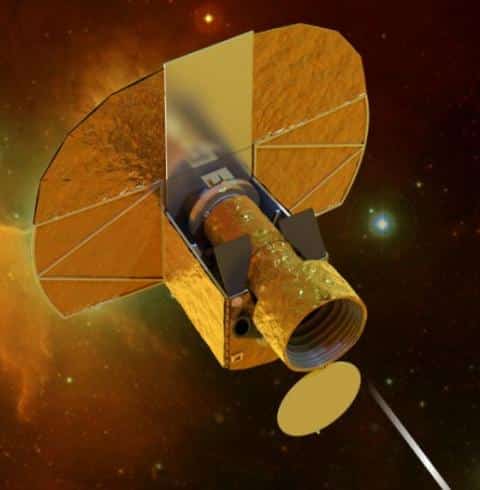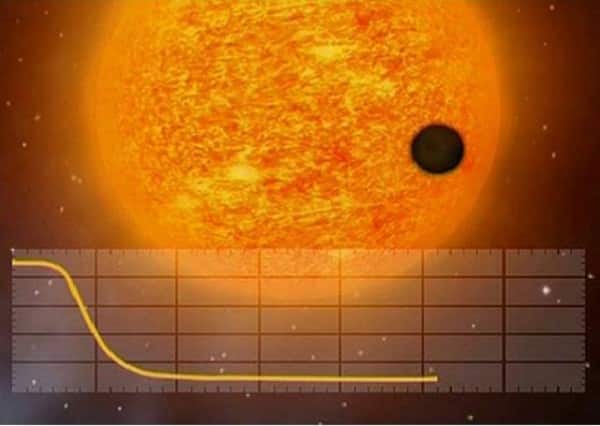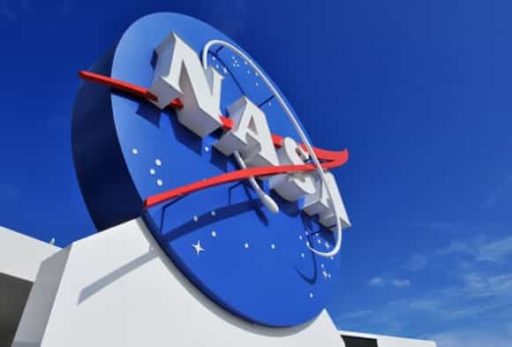Satellites and telescopes help us finding new things as well as the mystery of space and planets. Though with the help of satellites and telescopes, astronomers have found a lot of planets in space and have come to know enough information about those planets, still there are many planets whose structural information astronomers don’t know and therefore the astronomers’ knowledge remain vague about those planets. And therefore European Space Agency (ESA) is planning to launch a new telescope called CHEOPS in space in order to help astronomers, scientists and researchers finding new planets.
The ESA announced October 19 that it has a plan to launch a new telescope called CHEOPS in space. CHEOPS is the acronym of CHaracterising ExOPlanets Satellite. CHEOPS will observe the nearby stars known as harbor planets. The CHEOPS will use the transit method in order to hunt planets, observe the star’s brightness to tell if anything is orbiting around the planets or not. ESA believes that through CHEOPS astronomers, scientists and researchers will get more accurate measurements of that respective planet’s radius.
If astronomers, scientists as well as researchers get more accurate measurements of that respective planet’s radius they’ll be able to figure out the density of that planet and its mass. They will also be able to find clues about the planet’s internal makeup and how the planets affect the wobbling of its stars. No doubt, CHEOPS will help astronomers learn how the planets, especially the rocky super-Earths form in a better way.
That’s not all. With the help of new telescope, researchers, scientists and of course the astronomers will find if there is any life exists elsewhere in the cosmos. However, CHEOPS will be flying in low-Earth orbit at an altitude of around 500 miles (800 kilometer) above Earth. CHEOPS is supposed to stay in low-Earth orbit for around 3.5 years. ESA expects to launch CHEOPS in space in 2017.
Source : ESA
Thanks To : PopSci
[ttjad]




